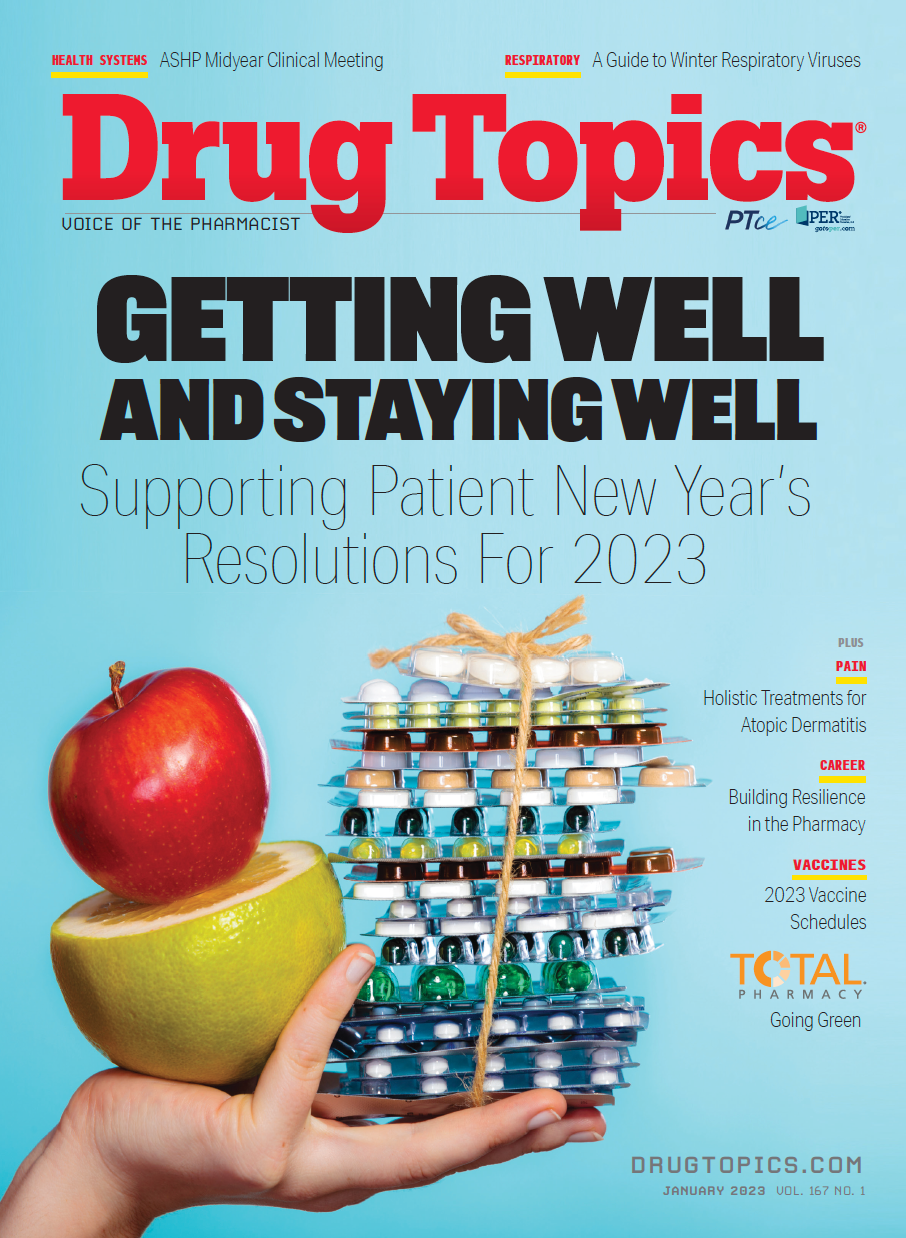To Improve Retail Pharmacy, Look Beyond Figures and Dig Into Facts
A local West Virginia mechanic exemplifies the kind of problem-solving that pharmacy executives from major chains should apply to their stores.
In a previous issue, I introduced you to my 10-year-old Nissan Frontier pickup truck. I described its rusted bed and the big dent in the front from hitting a deer on my way home from work. Recently, the brakes on my truck needed attention. We are all too familiar with what that grinding sound means when applying the brakes: the sound of $500 or more in repairs, meaning we need new brake pads and possibly new rotors. So I took my truck to the garage we usually use for inspection. They pulled it into the service bay, yanked o! the wheels, and did a visual inspection. “Hey buddy, the brakes look great,” the mechanic said. “You have another 20,000 miles left on them.”
The next day, I took the truck out and heard that familiar sound: ratta-tatta-ratta-tatta. The brakes continued to make a grinding noise. We reached out to the neighbors for advice, but they all drive new cars; my truck is the oldest vehicle in our development. One neighbor recommended we check out Eldon’s Auto Service, a repair shop on the other side of town. My wife called Eldon and set up a service appointment.
I dropped o! my truck and met Eldon in his spotless garage. He took the keys and told me he would get back to me the next day. The next morning, he called and said he took the truck for a long test-drive up and down the hills of West Virginia. He said that the brake pads and rotors were indeed fine. The issue? A faulty antilock braking system sensor. Eldon replaced the sensor, and now the truck is running—and stopping—just fine.
If only the chain pharmacies could encourage their executives and district managers to develop the commonsense knowledge that Eldon has. What the district managers, regional managers, and everyone else at the top of the food chain need to do is spend an entire day in each of their stores. When they see the massive volume, short staffing, inadequate computer systems, angry patients, and incessant ringing phones, they will get a better sense of the problems their stores face.
But like the first garage that looked at my truck, upper-level management looks only at the figures. They might stop by the pharmacies in their district for a quick surface-level look at the operation or to make a ridiculous comment: “Other pharmacists handle more volume with this level of help.” They don’t stay in the pharmacy long enough to see their excellent pharmacist explain how to use an autoinjector, measure a dose of children’s antibiotic, or counsel a woman whose 65-year-old husband has just received a diagnosis of Alzheimer disease.
Our profession, especially the community pharmacy specialty, is having significant problems. These problems require a deep dive not only by operations managers but also by national associations and academic institutions to solve. When I see major chains closing pharmacies on weekends because of lack of staffing, I have no trouble understanding why fewer and fewer pharmacists are interested in this aspect of the profession.
If the movers and shakers in this profession need guidance to solve the problems of community pharmacy, I know a guy. I suggest they take a page from Eldon. Test-drive a pharmacy for a whole day, and you will come away with a renewed respect for the community pharmacist. But you might want to get there before the front door is locked because of another excellent pharmacist leaving his amazing health care profession















